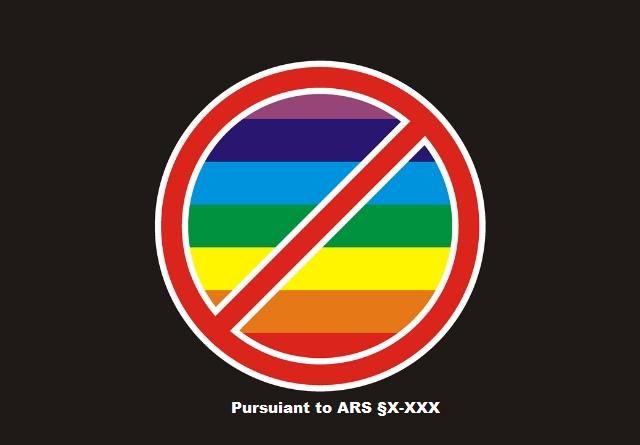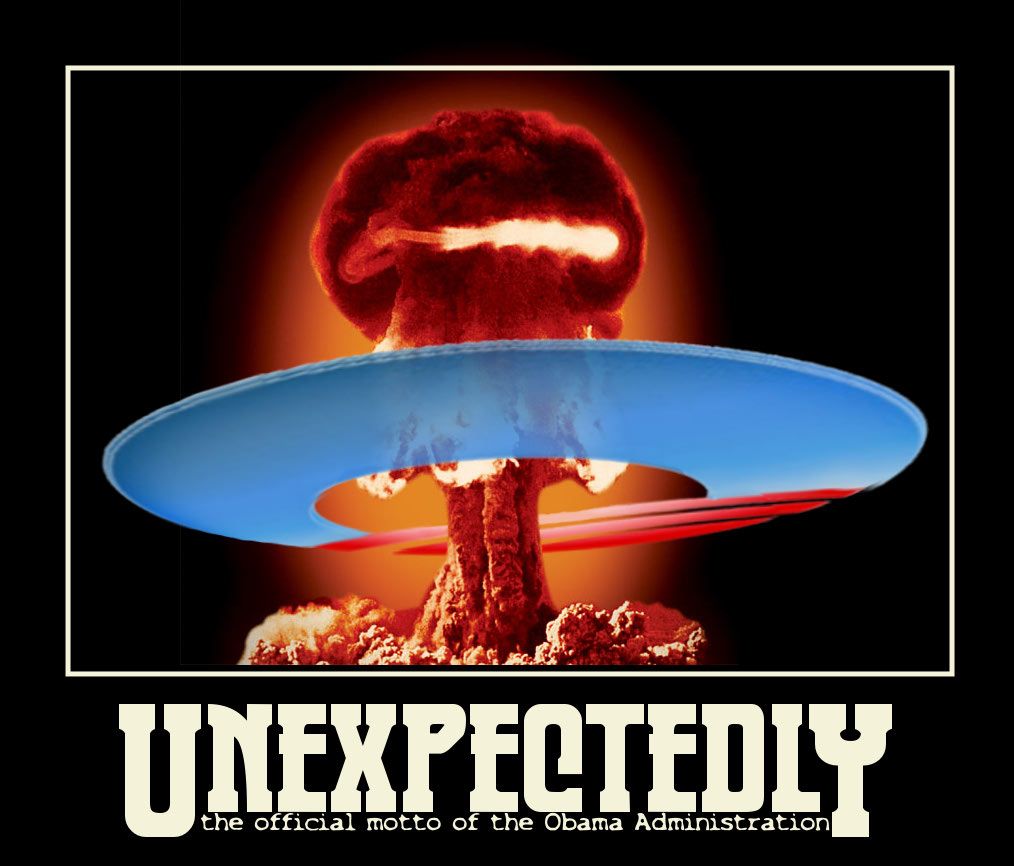As I’ve noted previously, I’ve been posting over at Quora.com. Wikipedia says:
Quora is a question-and-answer website where questions are created, answered, edited and organized by its community of users. The company was founded in June 2009, and the website was made available to the public on June 21, 2010.
Quora aggregates questions and answers to topics. Users can collaborate by editing questions and suggesting edits to other users’ answers.
I don’t remember how I first found the place but both Breda and Alan are registered users, so I suspect it was through a Vicious Circle or Squirrel Report link.
Anyway, it’s a site chock-full of users who would never come across TSM (by definition, a “target-rich environment”), and it gives me an opportunity to mine ten years of work to respond to some of those questions people raise.
Like this one:
U.S. Constitution: Why is the US Constitution considered almost sacred 200 years after it was written?
To me it looks like the Constitution has been afforded the status of holy scripture. It is automatically right, because it is. To argue with any of its founding premises is tantamount to heresy.
I’m a dual US/UK citizen, and whilst I admire the Constitution greatly, to me it looks like an unusual thing to hold on to. Surely no man-made document is flawless? Why is this document still considered sacrosanct to this day?
My reply, in which you will see excerpts from several posts here:
Humorist P.J. O’Rourke once famously quipped:
The U.S. Constitution is less than a quarter the length of the owner’s manual for a 1998 Toyota Camry, and yet it has managed to keep 300 million of the world’s most unruly, passionate and energetic people safe, prosperous and free.
Much has changed since he wrote those words. Much later someone wrote (falsely attributed to George Carlin):
They keep talking about drafting a Constitution for Iraq. Why don’t we just give them ours? It was written by a lot of really smart guys, it’s worked for over 200 years and we’re not using it anymore.
I see in the answers here reference to the Constitution being a “living document” that keeps being reinterpreted by the courts, changing over time.
I agree it’s been changed by the courts. I disagree that this is or has been a good thing. We were specifically warned against it by the men who wrote and ratified it:
On every question of construction (of the Constitution) let us carry ourselves back to the time when the Constitution was adopted, recollect the spirit manifested in the debates, and instead of trying what meaning may be squeezed out of the text, or invented against it, conform to the probable one in which it was passed. –Thomas Jefferson, letter to William Johnson, June 12, 1823, The Complete Jefferson, p. 322 Paul K. Sadover
—
It is important, likewise, that the habits of thinking in a free country should inspire caution in those intrusted with its administration to confine themselves within their respective constitutional spheres, avoiding in the exercise of the powers of one department to encroach upon another. The spirit of encroachment tends to consolidate the powers of all the departments in one, and thus to create, whatever the form of government, a real despotism…. If in the opinion of the people the distribution or modification of the constitutional powers be in any particular wrong, let it be corrected by an amendment in the way which the Constitution designates. But let there be no change by usurpation; for though this in one instance may be the instrument of good, it is the customary weapon by which free governments are destroyed. The precedent must always greatly overbalance in permanent evil any partial or transient benefit which the use can at any time yield. – George Washington, Farewell Address, 1796
—
Do not separate text from historical background. If you do, you will have perverted and subverted the Constitution, which can only end in a distorted, bastardized form of illegitimate government. – James Madison
And early judges who applied it:
The Constitution is a written instrument. As such, its meaning does not alter. That which it meant when it was adopted, it means now. — South Carolina v. US, 199 U.S. 437, 448 (1905)
—
A provision of the Constitution, it is hardly necessary to say, does not admit of two distinctly opposite interpretations. It does not mean one thing at one time and an entirely different thing at another time. – Justice Sutherland (dissenting), Blaisdell (1934)
And even later judges:
Judges know very well how to read the Constitution broadly when they are sympathetic to the right being asserted. We have held, without much ado, that “speech, or…the press” also means the Internet…and that “persons, houses, papers, and effects” also means public telephone booths….When a particular right comports especially well with our notions of good social policy, we build magnificent legal edifices on elliptical constitutional phrases – or even the white spaces between lines of constitutional text. But, as the panel amply demonstrates, when we’re none too keen on a particular constitutional guarantee, we can be equally ingenious in burying language that is incontrovertibly there.
It is wrong to use some constitutional provisions as springboards for major social change while treating others like senile relatives to be cooped up in a nursing home until they quit annoying us. As guardians of the Constitution, we must be consistent in interpreting its provisions. If we adopt a jurisprudence sympathetic to individual rights, we must give broad compass to all constitutional provisions that protect individuals from tyranny. If we take a more statist approach, we must give all such provisions narrow scope. Expanding some to gargantuan proportions while discarding others like a crumpled gum wrapper is not faithfully applying the Constitution; it’s using our power as federal judges to constitutionalize our personal preferences. – Judge Alex Kozinski, dissenting, Silveira v. Lockyer, denial to rehear en banc, 9th Circuit Court of Appeals, (2003)But a lot of judges HAVE “constitutionalized their personal preferences” and made the Constitution a “living document.”
It is literally true that the U.S. Supreme Court has entirely liberated itself from the text of the Constitution.
What ‘we the people’ want most of all is someone who will agree with us as to what the evolving constitution says.
We are free at last, free at last. There is no respect in which we are chained or bound by the text of the Constitution. All it takes is five hands.
What in the world is a ‘moderate interpretation’ of the text? Halfway between what it really says and what you want it to say? – Antonin Scalia, excerpts from a speech quoted in the New Orleans Times-Picayune, 3/10/04—
Something has gone seriously awry with this Court’s interpretation of the Constitution … Obliterating a provision of the Constitution, of course, guarantees that it will not be misapplied. – Clarence Thomas (dissenting) Kelo v New London (2005)
I see also complaints about how slowly and poorly the mechanisms of government work because of the construction of the Constitution. George Will gave an excellent speech in 2010 in which he said (in part):
Ladies and gentlemen gridlock is not an American problem, it is an American achievement. When James Madison and fifty-four other geniuses went to Philadelphia in the sweltering summer of 1787, they did not go there to design an efficient government, the idea would have horrified them. They wanted a safe government to which end they filled it with blocking mechanisms. Three branches of government. Two branches of the legislative branch. Veto. Veto override. Supermajorities. Judicial review. And yet I can think of nothing the American people have wanted intensely and protractedly that they did not eventually get.
The world understands. A world most of whose people live under governments they wish were capable of good luck, that we always have more to fear from government speed than government tardiness. We are told that one must not be a party of “NO.” To “NO” I say an emphatic “YES!” For two reasons. The reason that almost all “improvements” make matters worse is that most new ideas are false. Second: the most beautiful five words in the English language are the first five words of the First Amendment: “Congress shall make no law.”Yes, the Constitution is old and the government it establishes is slow to respond, but it was made thus deliberately. Fredrick Hayek explained in his masterwork The Road to Serfdom why our Constitution was so constructed when he wrote about the criticism of Adam Smith’s concept of individualism:
…the main point about which there can be little doubt is that Smith’s chief concern was not so much with what man might occasionally achieve when he was at his best but that he should have as little opportunity as possible to do harm when he was at his worst. It would scarcely be too much to claim that the main merit of the individualism which he and his contemporaries advocated is that it is a system under which bad men can do least harm. It is a social system which does not depend for its functioning on our finding good men for running it, or on all men becoming better than they now are, but which makes use of men in all their given variety and complexity, sometimes good and sometimes bad, sometimes intelligent and more often stupid. Their aim was a system under which it should be possible to grant freedom to all, instead of restricting it, as their French contemporaries wish, to ‘the good and wise.’
(Bold emphasis mine.) The Constitution was ratified in 1788. We’ve thus had 225 years for people to fold, spindle and mutilate it – twisting it out of shape, cutting off parts and bolting on others, some improvements, most not. The current Code of Federal Regulations runs over 175,000 pages. The Tax code, Title 26 of the CFR alone takes up twenty volumes and more than 13,000 pages.
Oh yes, the Constitution has become a “living document”!
Why do so many of us consider the Constitution “almost sacred”? Because it empowered a nation of rebels, outcasts and mongrels the freedom to become the richest, most powerful, most generous, most benevolent nation this planet has ever born witness to.
But, in the end, entropy wins.
Like here, most of the questions I address at Quora have to do with gun control, but not all.
See? Recycling is a GOOD thing!






















